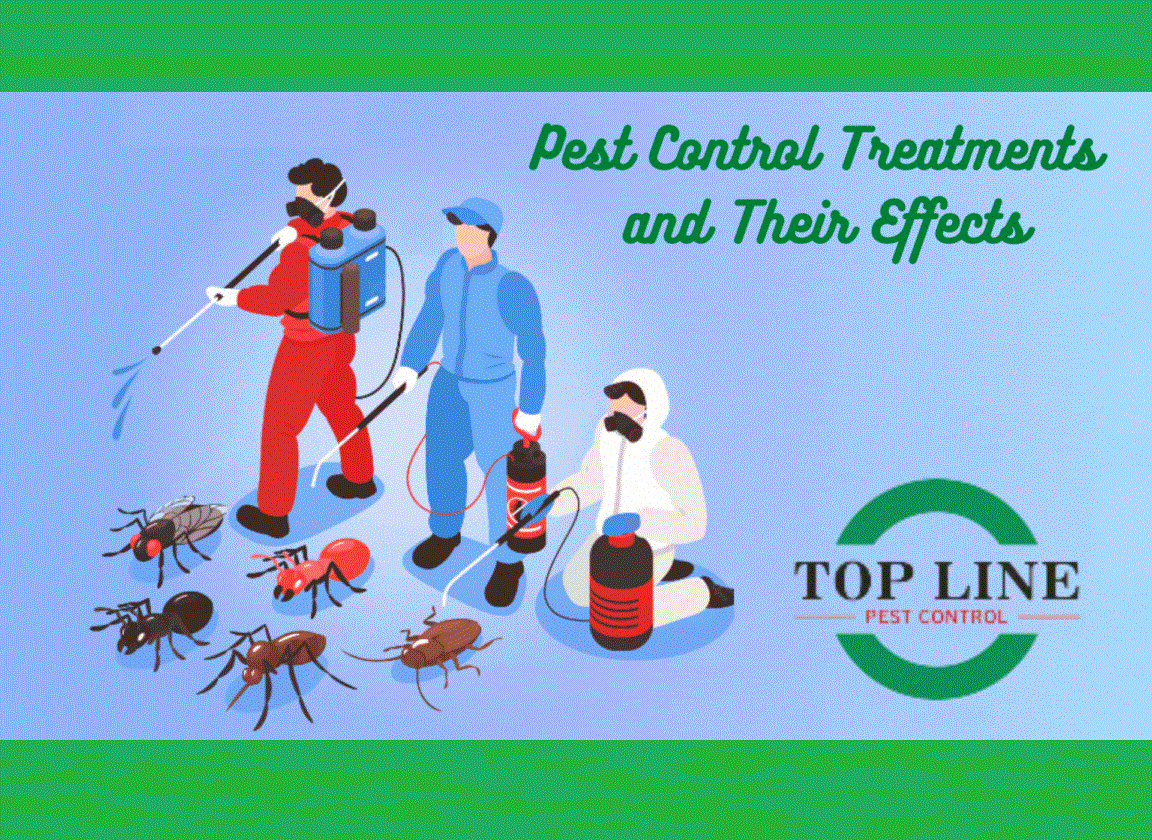The smart Trick of Eco Bed Bug Exterminators Dc That Nobody is Discussing
The smart Trick of Eco Bed Bug Exterminators Dc That Nobody is Discussing
Blog Article
About Eco Bed Bug Exterminators Dc
Table of Contents5 Simple Techniques For Eco Bed Bug Exterminators DcEco Bed Bug Exterminators Dc - An OverviewThe 8-Minute Rule for Eco Bed Bug Exterminators DcNot known Facts About Eco Bed Bug Exterminators DcFascination About Eco Bed Bug Exterminators Dc
Because pesticides are toxic, they are also possibly harmful to humans, pets, other organisms, and the setting. People that utilize chemicals or regularly come in contact with them have to understand the family member poisoning, prospective health and wellness results, and preventative measures to minimize exposure to the items they utilize. Hazard, or risk, of making use of pesticides is the possibility for injury, or the level of danger associated with using a chemical under an offered collection of conditions.
However, applicators can minimize or nearly eliminate direct exposure-- and therefore minimize hazard-- by complying with the label guidelines, utilizing personal safety garments and devices (PPE), and handling the pesticide appropriately. More than 95 percent of all pesticide direct exposures come from dermal direct exposure, primarily to the hands and lower arms. By using a set of unlined, chemical-resistant gloves, this sort of exposure can be virtually gotten rid of.
The unsafe results that happen from a solitary exposure by any type of route of entrance are described "severe results." The four courses of exposure are facial (skin), inhalation (lungs), oral (mouth), and the eyes. Severe toxicity is identified by taking a look at the facial poisoning, inhalation toxicity, and dental poisoning of guinea pig.
What Does Eco Bed Bug Exterminators Dc Mean?
Severe toxicity is gauged as the amount or concentration of a toxicant-- the a.i.-- required to kill half of the animals in a test population. This step is usually expressed as the LD50 (lethal dose 50) or the LC50 (lethal concentration 50). Additionally, the LD50 and LC50 values are based on a single dose and are recorded in milligrams of pesticide per kilo of body weight (mg/kg) of the guinea pig or partly per million (ppm).
The reduced the LD50 or LC50 value of a pesticide product, the higher its poisoning to human beings and animals. Chemicals with a high LD50 are the least toxic to humans if made use of according to the directions on the product tag. The persistent toxicity of a pesticide is identified by subjecting guinea pig to long-lasting exposure to the energetic component.
The chronic toxicity of a chemical is more challenging than intense toxicity to establish via lab evaluation. Products are categorized on the basis of their family member severe toxicity (their LD50 or LC50 worths). Pesticides that are categorized as extremely harmful (Poisoning Group I) on the basis of either oral, dermal, or inhalation poisoning must have the signal words risk and poisonous substance published in red with a head and crossbones icon plainly showed on the front panel of the package tag.
The acute (single dose) oral LD50 for pesticide products in this team varies from a trace total up to 50 mg/kg. As an example, exposure of a few declines of a material taken orally could be fatal to a 150-pound person. Some pesticide items have simply the signal word DANGER, which tells you nothing about the acute poisoning, just that the item can create extreme eye damage or serious skin irritability
Eco Bed Bug Exterminators Dc Can Be Fun For Everyone
In this category, the severe oral LD50 varieties from 50 to 500 mg/kg. A see page tsp to an ounce of this material can be deadly to a 150-pound person (pest control Washington DC). Pesticide products identified as either slightly hazardous or fairly nontoxic (Poisoning Groups III and IV) are called for to have the signal word care on the chemical tag

All pesticide toxicity values, including the Consisting of, can be found on the product's Item Safety Data Safety and security (MSDS). Pesticide labels and MSDS can be gotten from stores or makes - https://christophers-beautiful-site-5ea421.webflow.io/. The signs of pesticide poisoning can vary from a light skin inflammation to coma or even death.
Due to the fact that of potential health and wellness concerns, chemical individuals and trainers need to recognize the common signs and symptoms of chemical poisoning. The results, or signs and symptoms, of chemical poisoning can be generally specified as either topical or systemic.
The Only Guide for Eco Bed Bug Exterminators Dc
Dermatitis, or swelling of the skin, is approved as the most typically reported topical impact connected with chemical exposure. Signs of dermatitis variety from reddening of the skin to rashes and/or sores. Some individuals have a tendency to cough, hiss, or sneeze when revealed to chemical sprays. Some individuals respond to the solid smell and bothersome effects of oil extracts made use of as providers in chemical items.
This signs and symptom generally subsides within a few mins after a person is gotten rid of from the direct exposure to the toxic irritant. A response to a pesticide item that triggers somebody not just to sneeze and cough however likewise to create severe acute respiratory system signs is extra likely to be a true hypersensitivity or sensitive reaction.
Systemic impacts are fairly different from topical impacts. They usually take place far from the original point of call as an outcome of the chemical being soaked up into and distributed throughout the body. Systemic results typically consist of queasiness, throwing up, exhaustion, frustration, and digestive tract disorders. In advanced poisoning cases, the individual may experience modifications in heart rate, problem breathing, convulsions, and coma, which might lead to fatality.
Report this page